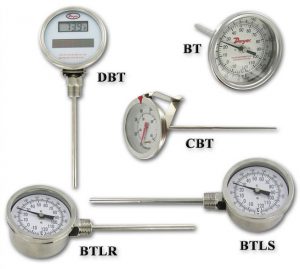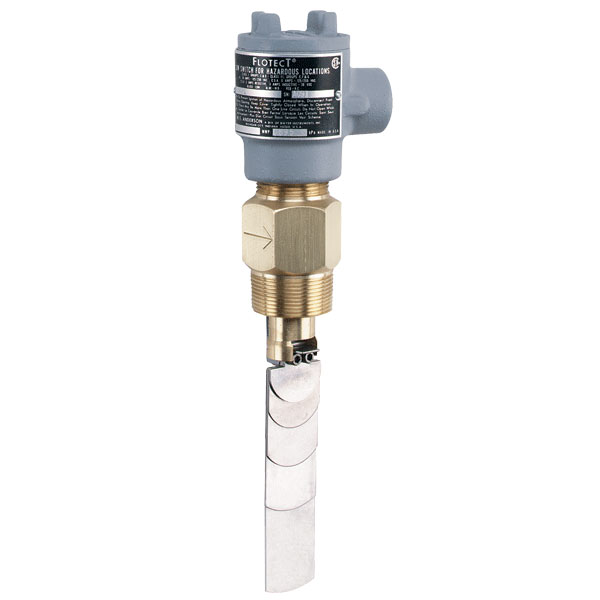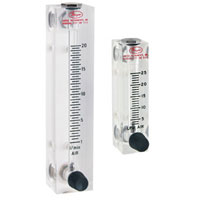Dwyer Instruments, Inc. offers many temperature measuring products that use bimetal sensors as the sensing element.
Bimetal Thermometers measure temperature based on the differences in thermal expansion properties of metals. Pieces of metals with different thermal expansion coefficients are attached to each other in an assembly.
As the temperature applied to the metal sensor assembly increases, the metal strip with the larger temperature coefficient of expansion expands more. Continue reading “Bimetal Thermometers”



 ratings is important, particularly when looking to gain the optimum life from your product while avoiding any safety concerns. Included below is a straight forward easy to understand overview of enclosure ratings, including NEMA types, IP ratings, and the difference between the two. We will be looking at these two common standards for industrial enclosures, what they equate to, some alternatives, and how to best choose the right one for your application.
ratings is important, particularly when looking to gain the optimum life from your product while avoiding any safety concerns. Included below is a straight forward easy to understand overview of enclosure ratings, including NEMA types, IP ratings, and the difference between the two. We will be looking at these two common standards for industrial enclosures, what they equate to, some alternatives, and how to best choose the right one for your application. 



